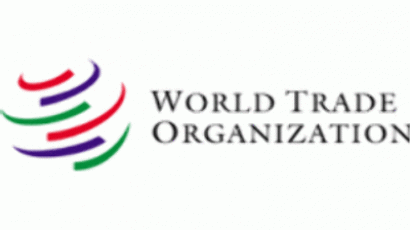Smiley’s free again!

Russia’s patent authority, Rospatent, has ruled that the smiley graphic cannot be registered as a trademark. This means that firms are free to use the graphic symbol as part of their brand names, but nobody can claim exclusive rights to its use.
Naturally, no one can demand compensation from other firms for using it in their promo materials.
“The smiley graphic symbol is incapable of individualising the products and can’t fulfill the function of a trademark, therefore it can’t be registered as one,” says Rospatent’s statement.
Earlier, Russian mobile advertising operator, Superfon, had copyrighted the famous smiley graphic image. From now on, the firm said, companies in Russia wishing to use a smiley on promotional material would need Superfon’s permission, reported business newspaper Kommersant.
Superfon’s president Oleg Teterin has vowed to warn firms guilty of breaching copyright. The company will also demand compensation from people already using smileys for commercial purposes.
Teterin says companies as such as Nestle and McDonalds employ smileys on their outdoor advertising.
The use of the smiley has become widespread both in advertising and internet communications.
For example, Russian communications and IT leader, Corbina Telecom, has a smiley on their top-up cards.
But you cannot express your feelings on the web without using such pictograms. Indeed, smileys are part of the architecture of social networking sites such as Russia’s biggest online community, Odnoklassniki.ru., and global systems like ICQ or Skype.
Teterin says the licence to use a smiley would be reasonable – in the tens of thousands of dollars.
However, Russia’s business community has dismissed Teterin’s claim to the symbol. Industry insiders say nobody will pay Superfon.
“There couldn’t be an idiot in Russia who’d pay for a smiley,” President of Odnoklassniki.ru, Nikita Sherman, said.
Experts in company law say that although Superfon has secured exclusive rights to the smiley through Russia’s patent authority, Rospatent, a legal question mark still hangs over the symbol.
A partner of juridical company Salans Viktor Naumov does recognize the Superfon’s incorporeal rights on smiley since it was affirmed by but he says that “patenting of commonplace symbols as a trade mark contradicts public interests” and “does not conform to trademarks’ registration regulations”.
There have been several attempts in the past by streetwise businessmen to trademark the smiley.
In 2005 a court in St. Petersburg decided in favour of Siemens when a pensioner named Viktor Petrov sued the company for infringement of copyright by using the smiley in mobile phones.
In the US, the smiley caused a legal battle between Wal-Mart and a French businessman who claimed that he was the first one to invent the yellow smiling face.
An professor at Carnegie University in the US is believed to be the inventor of the smiley pictogram. It’s claimed that Professor Scott Fahlman first used colon, dash and brackets to express his feelings while publishing a message on the university’s electronic board – 26 years ago.














